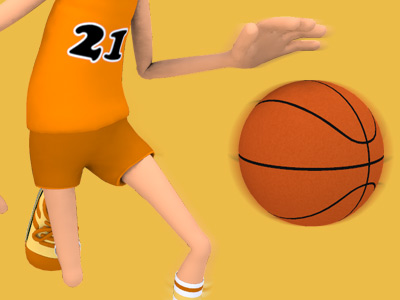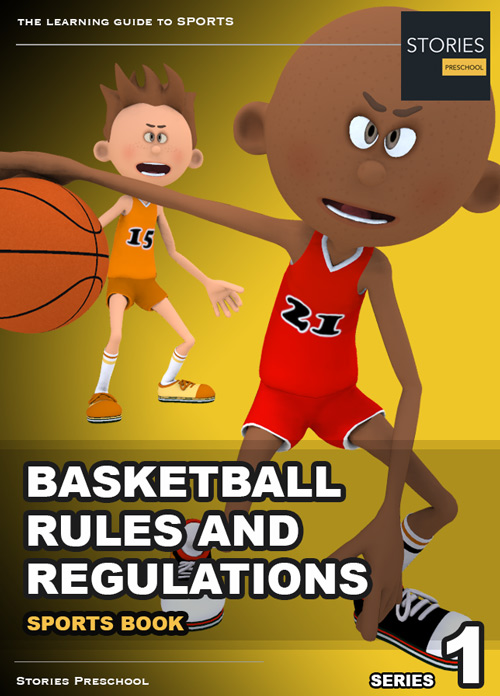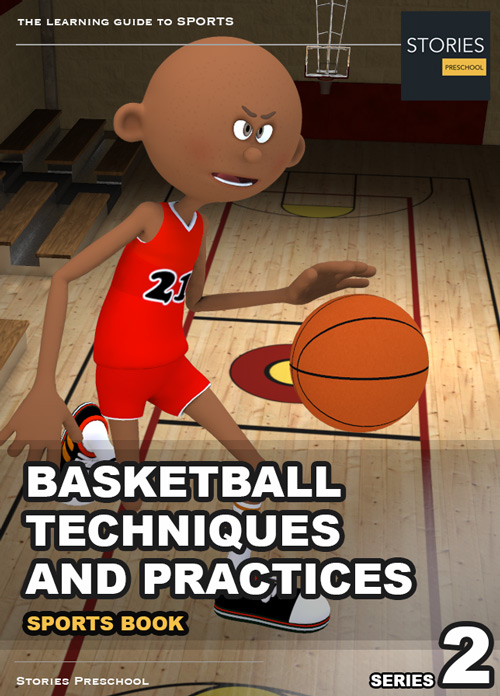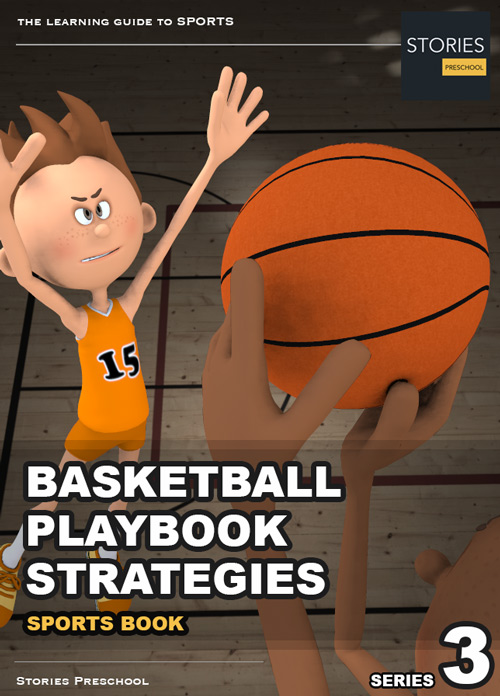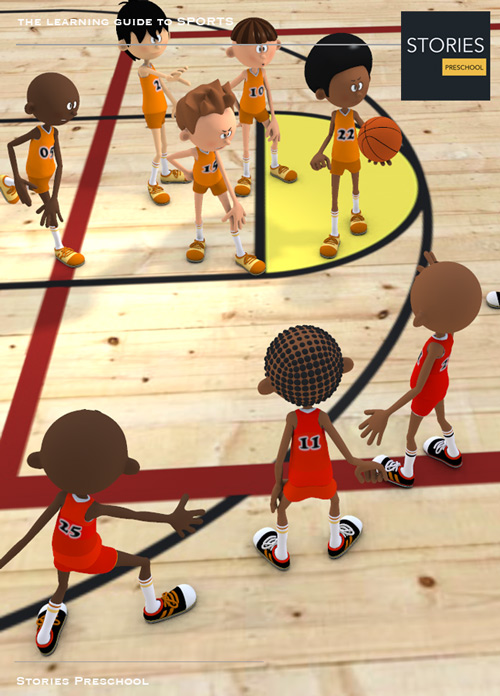Basketball

Basketball Box-and-One Defense
The Box-and-one defense is a particular type of defense used in basketball. The box-and-one is a hybrid between a man-to-man defense (in which each defensive player is responsible for marking a player on the other team) and a zone defense (in which each defensive player is responsible for guarding an area of the court).

In a box-and-one defense, four players play zone defense, and align themselves in a box protecting the basket, with typically the two larger (or frontcourt) players playing directly under the basket, and the two smaller (or backcourt) players playing towards the foul line.
The fifth defensive player in a box-and-one defense plays man to man defense, typically marking the best offensive player on the other team.
A box-and-one defense is usually used against teams with one dominant scoring threat. The idea is to try to shut that player down by forcing them to score against a dedicated man-to-man player, and a supporting zone. Players such as Allen Iverson and Ray Allen often faced box-and-one defensive schemes while competing for Georgetown University and the University of Connecticut, respectively.

The biggest weakness of a box-and-one defense is its vulnerability to a pass to the middle of the "box." As there is no defensive player responsible for this area of the court, good passing offensive teams are often able to exploit this gap.

One variation is the "diamond-and-one", where the four players in the box are arranged in a diamond pattern (one under the basket, two between the basket and foul line, and the fourth at the foul line). Another variation is the Triangle and Two Defense, in which three defenders play zone defense while the remaining two play man-to-man defense.

SPORTS

RESOURCES
This article uses material from the Wikipedia articles "Basketball" and "Box-and-one defense", which is released under the Creative Commons Attribution-Share-Alike License 3.0.
© Stories Preschool. All Rights Reserved.

